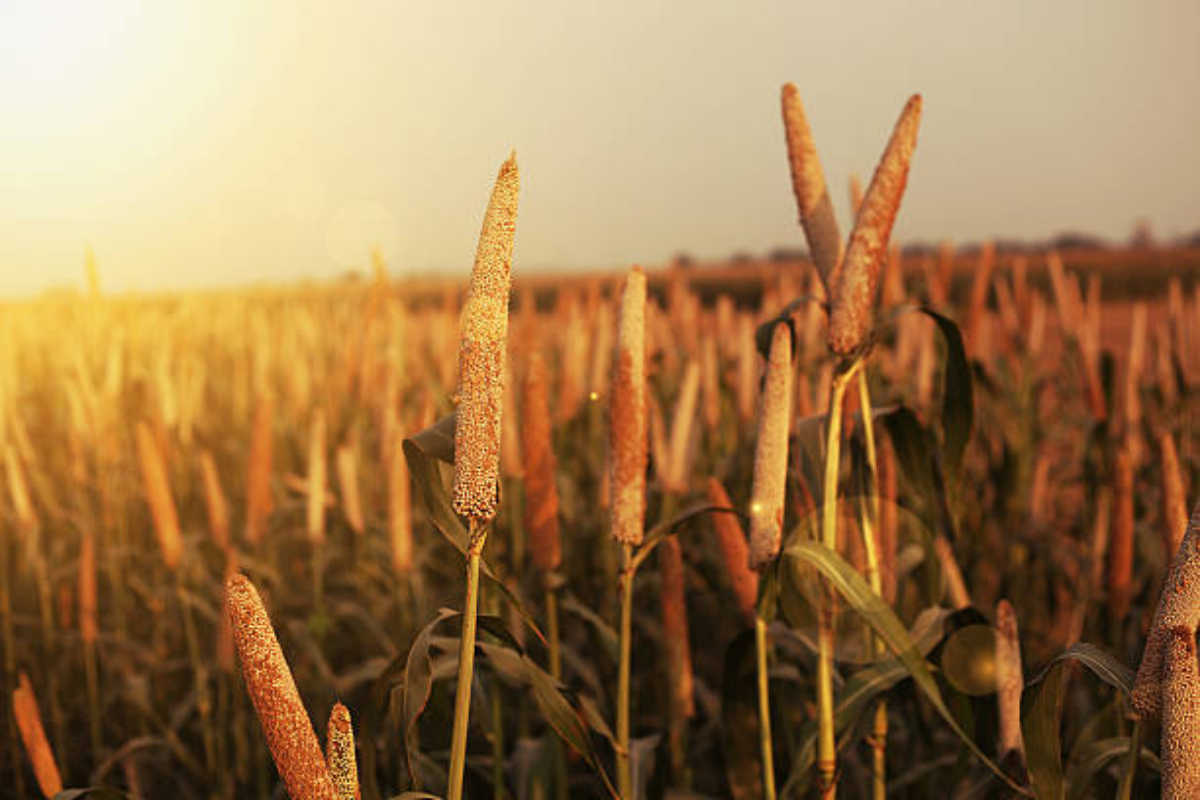Haryana: Over Rs 11522 cr paid to farmers against purchase of paddy, millet
Out of 49,79,172 MT paddy arrived in mandis, 48,57,405 MT has been procured.
India has framed a comprehensive group standard for 15 types of millets specifying eight quality parameters, which received applause at the international meet.

[Representational Photo : iStock]
The Codex Alimentarious Commission (CAC), an international food safety and quality standard-setting body created by World Health Organization (WHO) and Food and Agriculture Organization (FAO), has praised India’s standards on millets and accepted its proposal for the development of global standards for millets during its 46th session being held in Italy’s Rome, the Health ministry said on Friday.
India has framed a comprehensive group standard for 15 types of millets specifying eight quality parameters, which received applause at the international meet. The Codex currently has standards for sorghum and pearl millet.
Advertisement
Informing that India put forward a proposal for the development of global standards for millets, particularly for finger, barnyard, kodo, proso and little millets as group standards as in case of pulses, the ministry said, “The proposal was unanimously endorsed in the session at FAO headquarters in Rome, which is being attended by representatives from 161 member countries, including the European Union (EU).”
Advertisement
The Indian delegation led by the CEO of Food Safety and Standards Authority of India (FSSAI) G Kamala Vardhana Rao had proposed international group standards for millets not only considering that 2023 has been declared as the “International Year of Millets” but also reflecting on the growing international trade in these products. Rao also presented the book on standards of millets to CODEX chairman Steve Wearne.
“With the CAC endorsing the proposal, work on the submission of project documents and development of draft standards will now be initiated by India. The group standards on millets framed by FSSAI for 15 types of millets, which specify eight quality parameters ie, maximum limits for moisture content, uric acid content, extraneous matter, other edible grains, defects, weevilled grains and immature and shriveled grains, will act as an important foundation for the development of global standards,” the Health ministry said.
It said the existing Codex standards for sorghum and pearl millet would also be reviewed while making the group standards for millets.
Meanwhile, Union minister for Health and Family Welfare Mansukh Mandaviya congratulated the Indian delegation and said, “India has played a pivotal role in making the millet choice of the common man. India’s proposal will set the benchmark in highlighting millet and its benefits worldwide.”
Advertisement